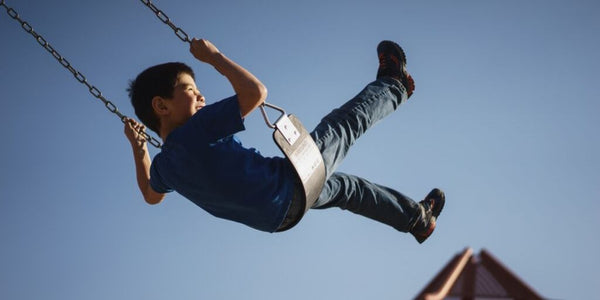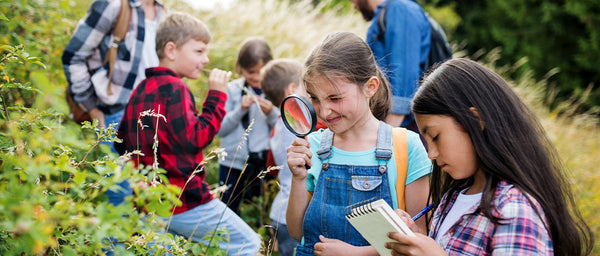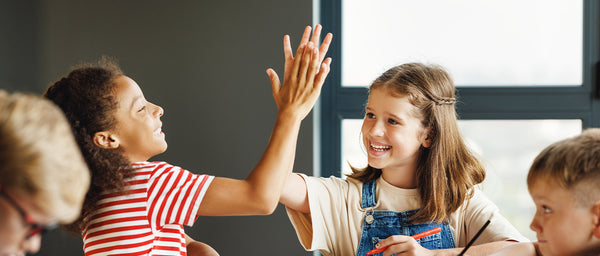
The Value of Kinesthetic Learning
“Much of what children learn comes through their skin. Active hands, feet, tongues, and taste buds can identify objects by unique characteristics, search for similar objects, and explore three-dimensional representations of shapes, letters, and numerals (Early Childhood: Kinesthetic-Tactile Learning, 1982).”
This is known as kinesthetic learning.
It is true indeed that students can gather information from a textbook or learn from ordinary classroom instruction, but if they are given an opportunity to work with objects in tactile ways, they are more likely to remember that experience, draw upon it, and integrate it into their process of learning. Kinesthetic learners are likely to be “more motivated, fully engaged, and may reap the health benefits of performing a physical act” (Kuczala, 2012). While some students may be verbal or visual learners, research has shown that incorporating movement or activities like mapping, utilizing space effectively, and writing in both in and out of the classroom may be best to reach those who do not benefit from traditional learning strategies (Early Childhood: Kinesthetic-Tactile Learning, 1982).
With the widespread use of tablets, smart phones, and other gaming devices, children immerse themselves in games that typically require intense hand eye coordination and a prolonged attention span. If teachers continue to help students transition and from what they are learning at home in their free time to what could be learned in school, the resulting effect tends to generate more active learners (Slomp, Eberhart, Nanninga, Harvey & Ronovsky n.d.).
The components that allow children to grow in their kinesthetic learning include (Kinesthetic Learning, n.d.):
- Perception–using sensory cues to guide motor activities
- Readiness to act–includes mental, physical and emotional readiness, e.g. prepared to act upon a sequence of instructions.
- Guided Response–learning a complex skill through imitation and trial and error; following instructions.
- Mechanism–learned responses become habitual, movements performed with confidence and proficiency.
- Complex overt response–performance of complex movement patterns.
- Adaptation–movements can be modified or adapted to fit special situations.
- Origination–creating new movement patters to fit a situation.
PCS wants to help parents and teachers capitalize on these growth patterns through their Flying Disc Camp available for students in grades 6 through 8. These activities allow students to increase their understanding of the four forces (spinning through lifting, angular momentum through thrusting, shaping through dragging, and weight through gravity) while having fun at the same time! In the abstract, these physics concepts may seem uninteresting or irrelevant, but when kids have the opportunity to apply what they have learned by way of the experimental method, such material can be simultaneously exponentially engaging and academically enriching!
References:
Early Childhood: Kinesthetic-Tactile Learning. (1982). Early Childhood: Kinesthetic-Tactile Learning. Science and Children, 19(4), 54–55. Retrieved from http://www.jstor.org.proxy-remote.galib.uga.edu/stable/43148597
Kuczala, M. (2012). The value of kinesthetic learning in the classroom. Retrieved April 13, 2016, from http://blog.activityworks.com/2012/12/the-value-of-kinesthetic-learning-in-the-classroom-by-mike-kuczala-co-author-of-the-kinesthetic-classroom/
Slomp, D., Eberhart, K, Nanninga, G., Harvey, L. & Ronovsky, C. (n.d.). Assessment for Kinesthetic Learners. Retrieved April 13, 2016, from https://classroom-assessment-theory-into-practice.wikispaces.com/Assessment+for+Kinesthetic+Learners
Kinesthetic Learning. (n.d.). Retrieved April 13, 2016, from http://serc.carleton.edu/NAGTWorkshops/mineralogy/xtlsymmetry/kinesthetics.html









